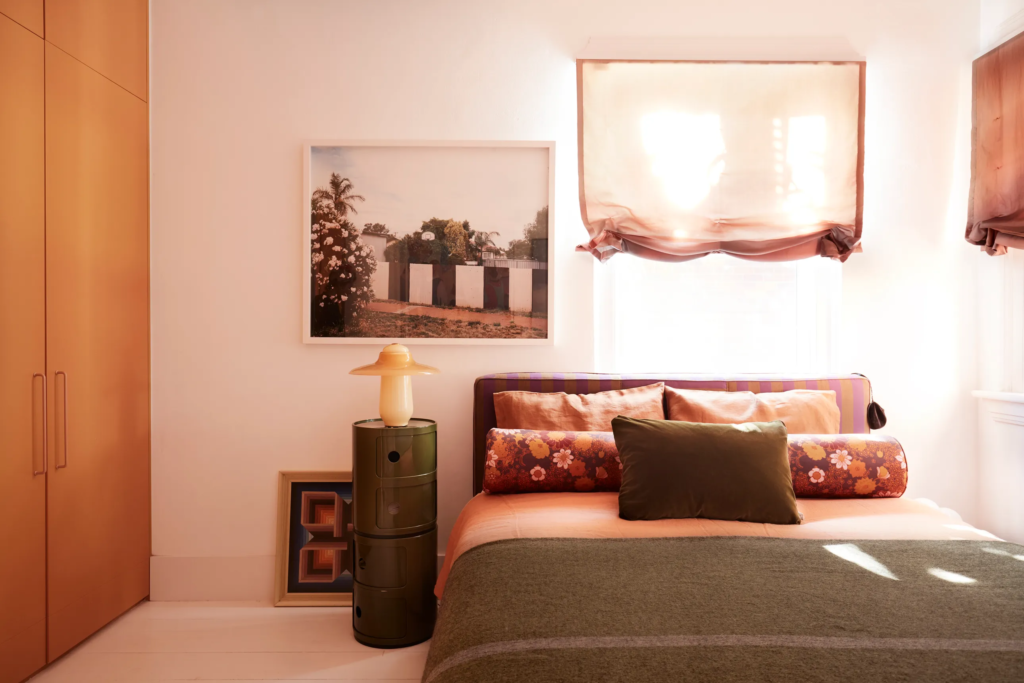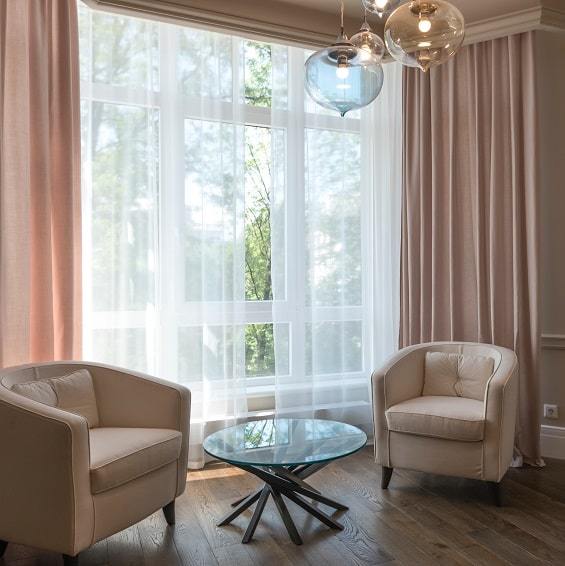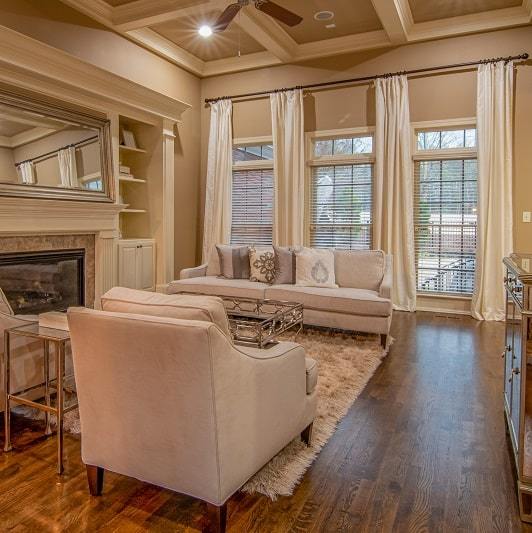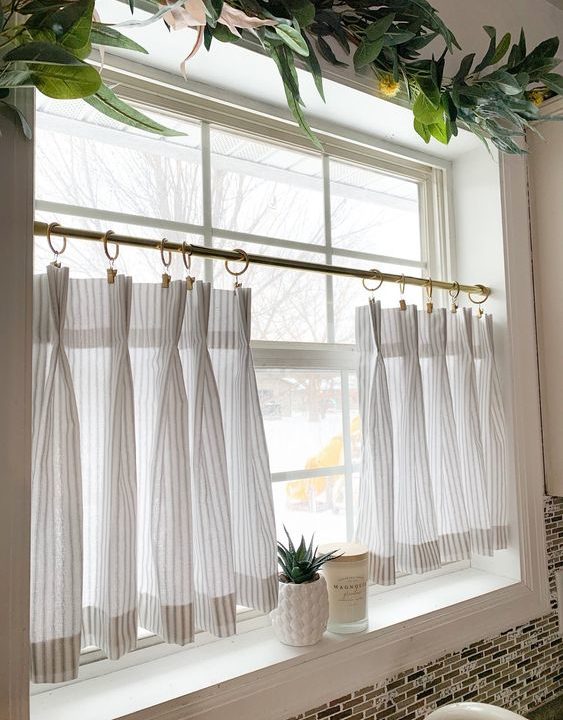Spiffy Speak
TOP TIPS TO BRIGHTEN UP A DARK ROOM

A ‘light and bright’ home is the aesthetic goal and ultimate dream of many homeowners and interior designers. But what do you do if you find yourself stuck in an under-ventilated house with little to no light in most areas? How does one reconcile these two extremes of dream and reality?
Well, there are some obvious ways and clever design hacks to transform your room from gloomy dark to soothing bright. Here are some of them:
Opt for a Light Room Palette
In a room with very little access to natural light like basements, the goal should be to make the most of the little. The color scheme of the room should therefore be oriented towards brightening up the space. While dark surfaces absorb the light that falls on them, lighter-hued surfaces reflect it and accentuate its effect. So fill your room’s palette with whites, creams and light pastel-y shades. From your wall (and ceiling) paint and wallpaper to bed linens and upholstery – go for these lighter tones so the light can bounce around in the room.
Choose the Paint Finishes Wisely
When picking paint colors for a dark room, not just the palette, even the textures and finishes should have a say. The matte finish is relatively coarse and tends to absorb some of the light that falls on it. Whereas glossy finishes reflect more light in the specular direction which makes it work almost like a mirror. To maximize the effect of the incoming light, go for semi-gloss or high-gloss finishes. Notice how lacquered walls shine bright even with a dark palette, so how much more reflective they will be with a bright color scheme!
Make Strategic Use of Mirrors
The light that enters your home can be doubled by reflecting it at its full intensity with the help of mirrors. This is a tried-and-tested, age-old method used to bounce light. Unlike other objects of decor, mirrors don’t absorb any light, rather they offer the spitting image of anything that faces them. So, place them opposite windows and double the natural light. And you don’t have to limit yourself to one oversized mirror, rather use multiple mirrors of varied sizes at various points in the room such that they bounce each other’s reflected light.
Introduce Metallic Accents
Prefer materials with reflective quality over those with light absorbent quality. So, for example, prefer polished nickel or steel hardware to wooden ones. Wallpapers with golden or silver details can reflect light that falls on them from various directions and angles. Instead of a painted canvas, consider a metal wall sculpture. Even a detail as small as door handles and drawer knobs matter. Switch over from matte black to brushed gold, for example, to bounce the light instead of absorbing it. The metallic sheen adds to the reflective quality of the space.
Install Light Window Treatments
If your house has not been updated in terms of decor for a few years, your windows may be sporting heavy draperies topped by bulky valances. They must go if you want more light. Replace the heavier drapes with lighter sheer panels stitched with streamlined heading styles such as flat panel tops or grommet tops. Keep window treatments light and airy to let in maximum light even when they are closed for privacy. Or go for window treatments such as roller shades that clear the window totally when they are closed. In rooms where privacy is not even a concern and you have small windows, you may even do without window treatments.
SHOP NOW: CUSTOM SHEER CURTAINS & WINDOW DRAPES FROM SPIFFY SPOOLS
Do Away with Storm Windows
Sometimes, a blessing comes with a cost, and storm windows are a great example. They protect you from a disaster and insulate your house better for immunity to harsh temperatures, but they admit lesser light into the room. If you think your home can do without storm windows, better remove them. And the good news is that you can always put them back later when you feel the need.
Clear Obstructions to Natural Light
If your room’s darkness is an unusual event, inspect your house’s surroundings. Perhaps there are overgrown vines on the facade or surrounding trees bending with heavy boughs that are begging desperately for a trim. Or, there might be an umbrella canopy that you had spread out for summer and never bothered later to retract. Perhaps there are no obstructions to be cleared but the window is not ‘clear’ enough to admit unadulterated light. Call it a ‘deep cleaning day’ or take up the pruning shears and settle the issue.
Rearrange the Room
A faulty layout may sometimes be to blame for at least some of the darkness in the room. Why let the couch block the light pouring in through a window when it can be made to face it instead? Or, why keep a bulky wingback chair at the corner below the window where a low-seat chair could have provided the same function without blocking the light? And what about that gargantuan chandelier that verily illuminates the room at night but obstructs all the natural light during the day? Wouldn’t it do better in a room that justifies its size and sculptural quality rather than a small dark room that needs the sleekest of light fittings? Rethink the layout of the room and you may find genius ways of making the room brighter without spending a dime.
Go For Layered Lighting
Adding light sources might sound like a no-brainer but strategically arranging multiple light sources at different points and levels to make a dark room bright does need some brains. At the moment the room may be lit by only the bare minimum overhead ambient lighting. Now throw in some task lights and accent lights to the mix to light up any dark pockets in the room.
Making a well-considered combination of light sources that are directed to the walls, ceiling and floors is key to layering a space with lights. Light up a reading corner with an overhanging pendant light or extendable sconce. The ceiling can be lit up with an oversized torchiere lamp or LED light strips lined on exposed beams. Light up alcoves, glass cabinets and gallery walls with wall-mounted accent lights. Or place good old tapered shade lamps of various heights in different nooks. Make sure that every part of the room receives some sort of light – natural or artificial.
If it rings with your aesthetic preferences and the nature of the room, consider introducing decorative lights to the space. They not only add a source of light but also cheer up the heart. A neon sign voicing your favorite life mantra can light up not just the space, but also your mind. A string of fairy lights will not just exude a lambent glow but also warm up the heart with infectious joy. A desk tree lamp or a bottle lamp lifting a boring side table to an effervescent vigor besides brightening an uneventful nook is just the right kind of decor for a room gone too dark.
Use Translucent Light Accessories
Multiplying the sources of light is helpful, but watching the opacity levels and finishes of these light fixtures is also important. If the light fixture is meant to highlight a decor item or a specified area, it should be made of opaque materials. If the light that a semi-transparent light fixture provides is not sufficient to brighten a dark corner, check its palette and finish. If it’s a dark-hued tapered lampshade with a linen-like finish, for example, there’s no surprise that the light is so dim. Swap it for a white smooth-surfaced lampshade and see the difference. As regards ambient lights, translucent materials will help to spread the rays in all directions. So, prefer clear glass for overhead light fixtures such as chandeliers and other ceiling-mounted and wall-mounted lamps. And, maintain them fresh and clean to make the most of their potential for light diffusion.
Go For Light Flooring Or Rugs
The floor, though below eye level, needs the most careful palette choice because a dark floor can make a room seem immensely dark even if all other elements are bright-hued. Light-colored floors will reflect natural light and the light generated by overhead fixtures. But changing the flooring just to have control over the palette is a far-fetched idea. If you’re having a dark-colored floor, layer it with a light-colored rug. If you’re worried about maintaining them spot free, consider low-maintenance stain-resistant jute rugs.
Choose Furniture That Allows Light Flow
If the room is dark, we recommend picking furniture with low profiles, less height and minimum contact with the floor. Ensure ergonomic design so you don’t miss the comfort factor. Compactly designed furniture with clean-lined contours let light move around and under with ease.
Not just shape and size, the palette of the furniture can also be a strategic choice. Going for a light palette helps immensely as furniture usually takes up much visual space in the room. Also, consider reflective materials like glass instead of wood for a table surface so it can throw back the light that hits it. Try transparent furniture like those made of glass, lucite, or see-through acrylic as they let light pass through them, providing little scope for shadowed regions behind/below them.
Keep Embellishments To A Minimum
The more the space is layered with objects, the less light it will bounce. If your walls, windows, and floors are all completely decked with decor accessories, the flow of light gets obstructed at multiple levels, leaving many areas of the room shadowed. So, fall back on minimalist styles like mid-century modern or Japandi to keep furnishings and embellishments to a minimum, and let the light have smooth surfaces to fall on and be bounced back.
Winding Up On A Bright Note
Whether it be an basement or a non-ventilated powder room or a living room saddened by tiny windows, you have most of the tricks up your sleeve now to brighten it up. And remember that brightening a dark space is not just about bringing in light literally, it’s also about making it ‘feel’ bright and cheerful.
A large painting or art installation with bright colors that pop out of the muted backdrop can really anchor the room on a cheery palette. Or look out for pillows and throws in sunny hues like red, orange, and yellow that remind of the April blooms or a winter campfire – happy memories and cozy pastimes. Or, go the cool way with refreshing your bed’s linens in pale blues and greens reminiscent of summer skies and verdant countrysides. These hues elevate the mood to a springtime joy besides topping up an already bright palette.
Depending on the particular situation you face, choose a combination of the above-elaborated tips to solve the problem. And, for any other design anomaly that you face, make use of our blogs for a handy reference. It’s our pleasure to assist you in designing your spaces and for all your fabric window treatments, we’ve got you fully covered at Spiffy Spools.
READ MORE: THE BEST SHEER CURTAINS MONEY CAN BUY

















